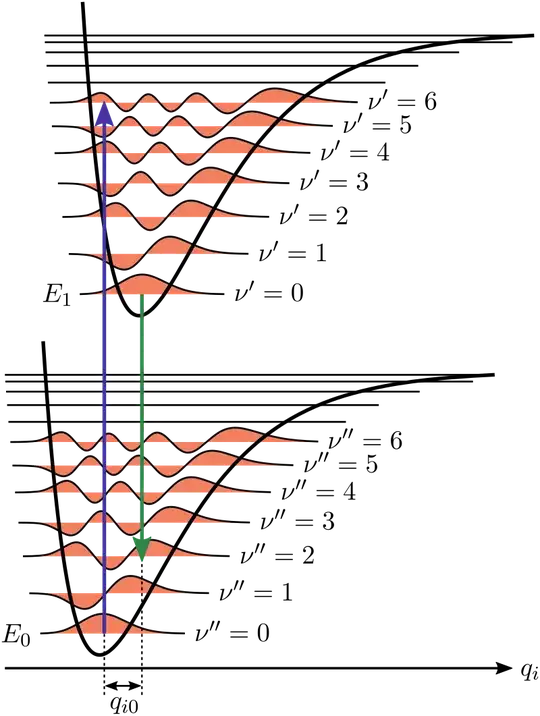By fluorescence, I am specifically referring to the light emitted by a cuvette full of fluorophores excited by an infinitely short laser pulse.
This is a correct definition of what fluorescence is generally. However, the article quoted deals with a specific type of fluorescence:
Fluorescence lifetime imaging microscopy (FLIM) measures the
exponential decay time of fluorophores excited by an ultrafast source.
FLIM is used across the bio-imaging community to provide key infor-
mation about local biological environments as it can be dependent on
pH, temperature, viscosity, and chemical concentrations.
Here is a Wikipedia article devoted specifically to this technique. I also suggest reading carefully the first several paragraphs of the paper linked in the OP, as they provide a coherent (even if rather condensed) recap of the technique and its particularities.
As a very first approximation, I thought the system could be simply described by an excited two-level atom and thus the state would be a superposition of an excited atomic state with no emitted photons and a ground atomic state with one photon emitted in some random direction. Thus, the fluorescence would maybe behave like a single-photon Fock state.
What is hidden in this description is that "cuvette full of fluorophores" mentioned in the beginning is treated as an ensemble of atoms that emit incoherently. This allows us to consider the effect of one atom emitting one photon, and then average over all the atoms (which amounts to multiplying by the number/concentration of the atoms, when we are not interested in statistics.)
This description would be true if, e.g., we have atoms continuously excited by a random source (e.g., directed perpendicularly to the observation direction, so that that we observe only fluorescence.) This perhaps could also be the case when the lifetimes of the excited states of the fluoroscopes are very long, so we can excite them by a rather long pulse, and than observe the photons being slowly emitted one-by-one.
This is manifestly not the case in FLIM, where all the atoms are put into the excited state simultaneously - description in terms of a death process, analogous to radioactive decay, could be more appropriate here (note that we are still neglecting quantum effects, but taking account for their somewhat non-trivial statistical distribution.
The article in question however goes further than that:
Nonlinear optical gating methods where the fluorescent signal is
combined with a laser pulse in a nonlinear frequency-conversion
crystal, have demonstrated femtosecond scale resolution for fluorescence lifetime measurements.
Here the excitation pulse is being mixed with the fluorescent signal - the two are obviously correlated. More precisely, Hong-Ou-Mandel interferometry means that the incident pulse is split in two by a beamsplitter in 1:1 ratio, and only half of the photons are incident on the fluorophore, and after fluorescence mixed with the original photons in the other arm of the interferometer. The Wikipedia article on Hong-Ou-Mandel quoted in the previous sentence provides the basic elements of the quantum description of the interferometry, which would now have to be augmented by the description of an atom absorbing and re-emitting a photon after some delay ($\sim e^{-t/\tau}$.)
Thus, I would suggest the following program::
- Reading carefully the introduction to the article.
- Following the links in this answer and the references inn the introduction to get clear ideas about FLIM, nonlinear optical gating and Hong-Ou-Mandel.
- Doing some math - combining the quantum description of Hong-Ou-Mandel with the description of absorption and emission events. This step might generate a more specific question(s), which could then be posed in Physics SE for the experts in quantum optics.
I hope the above doesn't sound condescending: IMHO the question is too vague/general and lacks prior research... but this seems more likely due to inexperience rather than lack of effort.
